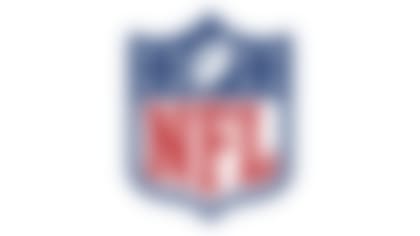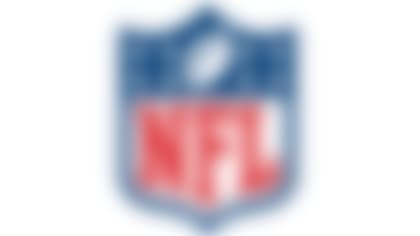The number of diagnosed concussions suffered by NFL players in 2019 increased slightly over the previous season, an indication, the NFL hopes, that recent rules and equipment changes mean the dramatic drop in concussions in 2018 was not an anomaly.
In the 2019 preseason and regular season, 224 concussions were diagnosed, 10 more than were reported in the 2018 campaign. The data was released Thursday. Despite the slight uptick, the numbers are still a sharp drop from 2017, when a spike in concussions caused alarm among league officials. NFL officials were particularly pleased with a previously-reported drop in concussions suffered during preseason practices, from 45 in 2018 to 30 in '19. Last May, the NFL banned several high-impact activities, including the Oklahoma Drill, which could have contributed to the decrease.
That decline, though, was offset by an increase in the number of concussions suffered during preseason games. The data indicates that concussions were disproportionally suffered by players who did not make the roster, suggesting that their inexperience might contribute to technique that exposes them to greater risk.
"Candidly, we need to have much more research by the (time of the NFL Scouting Combine)," said Jeff Miller, the NFL's executive vice president of health and safety. "How rules affect all injuries, whether rules changes were effective."
Miller said he is particularly interested in whether the second year of the rule banning the lowering of the helmet to initiate contact has caused a change in behavior among players, and whether the 2019 rule to eliminate blind-side blocks contributed to a reduction in injuries.
There were some other hopeful signs that the culture surrounding head injuries is changing. In 2019, games were stopped 19 times by spotters to remove a player from the field for a concussion test -- a record number. Almost all players are now wearing helmets that receive top ratings for performance, a marked increase from just two years ago. And players are continuing to self-report concussions, most prominently Philadelphia quarterback Carson Wentz, who reported his own injury after being hit in the head during the Eagles' Wild Card Weekend loss to the Seattle Seahawks. The NFL's chief medical officer, Dr. Allen Sills, said that about one-third of all concussion evaluations resulted from some degree of self-reporting by the player. During the 2019 season, 485 concussion evaluations were performed during games.
There was also some good news on injuries to lower extremities, which typically account for about 60 percent of missed time due to injuries. In 2019, ACL tears declined from 57 to 47, while MCL tears dropped from 132 to 109. Lower-body soft-tissue injuries -- including hamstrings -- remained steady at between 580 and 610 such injuries. The NFL has made soft-tissue injuries a point of focus because of the frequency. The league has begun to track the cleats worn by players, and is studying training regimens and also performing engineering analysis to understand the relationship between different types of turf and injury rates. Because so many factors go into such injuries, Sills said, studying lower-extremity injuries is actually more complex than studying concussions.
Follow Judy Battista on Twitter @judybattista.












